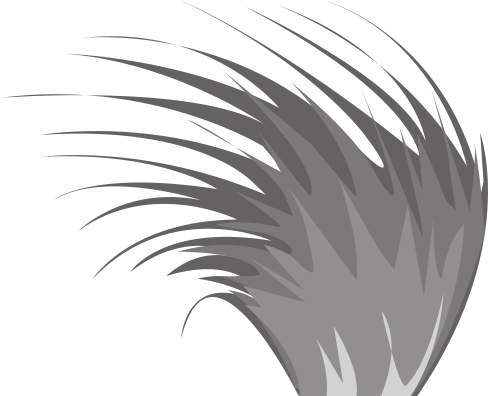A search for the co-evolutionary partner(s) of New Zealand’s sequestrate fungi
Talk / Seminar on Wednesday 14th of October 2020, 05:20 PM (5 years ago)
Contact: Allison Knight
Speaker: Dr Toni Atkinson. New Zealand has long been known as a “land of birds”. The idea that the array of sequestrate fungi found here, many of which are colourful, may have arisen through coevolution with birds was first mooted in mycology around 20 years ago. It seemed a natural progression from the widely accepted hypothesis that New Zealand’s diverse divaricating plants evolved due to selective pressure from the now extinct moa species. The suggestion appears to have been taken up by mycologists, and is becoming part of the story of science in this land. Last year, an international team using high-throughput sequencing techniques to analyse the DNA in moa coprolites, revealed the first real evidence that moa may have eaten fungi. But what happens if we take a fresh look at the whole question? Are moa the most likely coevolutionary partners of our sequestrate fungi, out of all the vertebrate and invertebrate inhabitants of prehistoric New Zealand? In this recently humanised but greatly altered land, it is challenging to hold in mind the relationships that might have played out over evolutionary time. What might we have missed?
